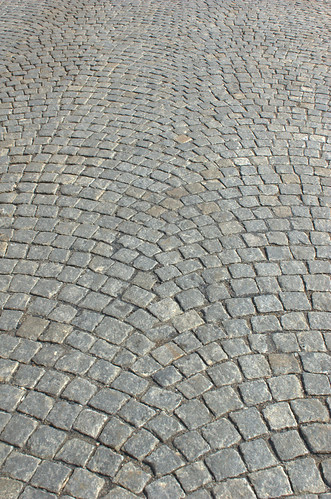I was startled to read on Ditmas Park Blog just a few minutes ago that a man had been murdered Monday night around the corner from me. They quoted what was reported in the New York Post:
A suspect was busted after fatally stabbing a man on a Kensington [sic] street, police said yesterday. The 29-year-old suspect, whose name was not immediately released, knifed the 26-year-old man in the chest at Westminster Road and Slocum Place at 10 p.m. Monday. The victim, whose name was withheld pending family notification, was rushed to Methodist Hospital, where he died. Police busted the assailant, who suffered minor injuries in the fight. Charges were pending.
– New York Post NYPD Daily Blotter, November 14, 2007
This is almost not even wrong. They got the ages and night of the attack correct, but that’s it.
Going through my feeds, I saw that The Brooklyn Paper reported it today:
An East New York man was stabbed and killed on 12th Street on Monday night after an argument with another man, who was later arrested for the crime, cops said. Police said William Rosario, 26, succumbed to a single stab wound in the chest in the 10 pm incident between Fifth and Sixth avenues. He was taken to New York Methodist Hospital, but was dead on arrival. It’s unclear what sparked the dispute. Police said they arrested the suspect, who also needed treatment for “minor injuries he received during the dispute.” The arrested man, 29, was charged with manslaughter and criminal possession of a weapon — the knife, which was recovered at the scene.
– A man is stabbed to death, The Brooklyn Paper, November 17, 2007 [issue date; it was on their Web site as of 11/15]
Then I learned from Brooklynonometry that the Daily News had reported it first, giving the same location as The Brooklyn Paper, and identifying the neighborhood correctly:
A 26-year-old man was stabbed to death after a fight in front of a Park Slope home, police said. The victim – whose family has not been notified of his death – was fighting with Antonio Bruno, 29, on 12th St., between 5th and 6th Avenues, at 8 p.m. Monday, a police source said. The victim was stabbed once in the chest and taken to Methodist Hospital where he died of his wound a short time later. Police responding to the scene arrested Bruno and found a knife at the scene. Bruno, who was treated at the same Brooklyn hospital for minor injuries, has a lengthy rap sheet dotted with drug arrests, the police source said. Charges against Bruno are pending, officials said.
– Man stabbed to death in Park Slope street fight, New York Daily News, November 13, 2007
As if I needed a reminder that the New York Post is not even suitable for wiping my @$$.


